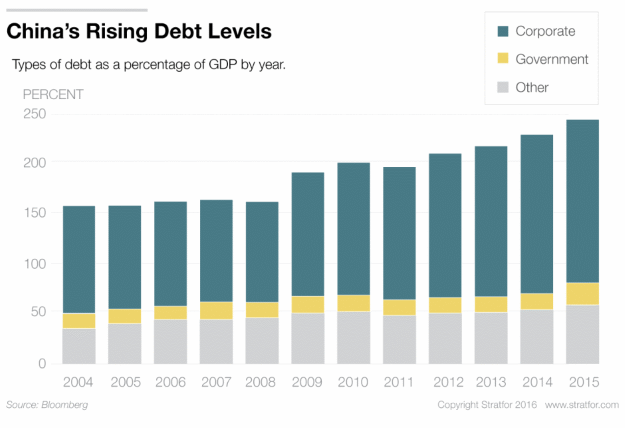RegionASIA & PACIFIC
Impact on U.S. InterestsCRITICAL
Conflict StatusWORSENING
Type of ConflictTERRITORIAL DISPUTE
11 BILLIONEstimated barrels of oil in the South China Sea
190 TRILLIONEstimated number of cubic feet of natural gas in the South China Sea
$5.3 TRILLIONTotal annual trade passing through the South China Sea
China Announces Regular Patrols, Military Drills in South China Sea
China announced it began air patrols that would become a regular occurrence over disputed islands in the South China Sea. A spokesman said the People's Liberation Army Air Force sent H-6K bombers, fighter jets, and tankers to the South China Sea (NYT).JULY 7, 2016
UN Tribunal Rejects China's Maritime Claims
A UN tribunal has ruled that there is "no legal basis" for China's claims to expansive stretches of the South China Sea. The Permanent Court of Arbitration at The Hague ruled in favor of the Philippines in the four year-long case, which challenged China's so-called "nine-dash line" (NYT) that encircles the majority of the body of water. Chinese President Xi Jinping rejected the ruling and said China would not accept any action based on the court's decision (Xinhua). JULY 6, 2016
Increased Chinese Military Presence in the South China Sea











